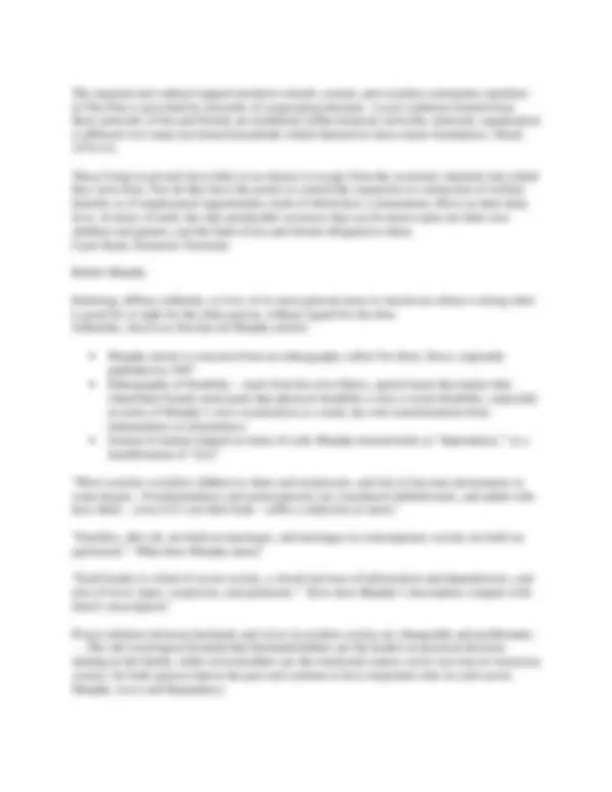



Study with the several resources on Docsity

Earn points by helping other students or get them with a premium plan


Prepare for your exams
Study with the several resources on Docsity

Earn points to download
Earn points by helping other students or get them with a premium plan
Community
Ask the community for help and clear up your study doubts
Discover the best universities in your country according to Docsity users
Free resources
Download our free guides on studying techniques, anxiety management strategies, and thesis advice from Docsity tutors
Lecture notes from a sociocultural anthropology course at davidson university in spring 2009. The notes cover topics such as loyalty and affection in different stages of life, social structure and its impact on cultural ideas, and the analysis of social networks as kinship systems. The document also introduces the concept of love and its various aspects, as discussed by helen fisher and carol stack. Students are encouraged to discuss questions related to these topics.
Typology: Study notes
1 / 3

This page cannot be seen from the preview
Don't miss anything!


Spring 2009, M,W,F 10:30 — 11:20, Chambers 1027
Prof. Eriberto P. Lozada Jr. Office Hours: M, W 9:30– 10:30 am Office: Chambers B12 T, Th 9:00– 10:00 am or by appointment Telephone: 704-894-2035 Email: erlozada@davidson.edu Web: http://www.davidson.edu/personal/erlozada
Lecture Notes, 11 February 2009
Questions for discussion:
Helen Fisher, Anatomy of Love: A Natural History of Mating, Marriage, and Why We Stray
Carol Stack’s “Domestic Networks”
in different ways, and there are different impacts to such relations; some ties bind, others do not